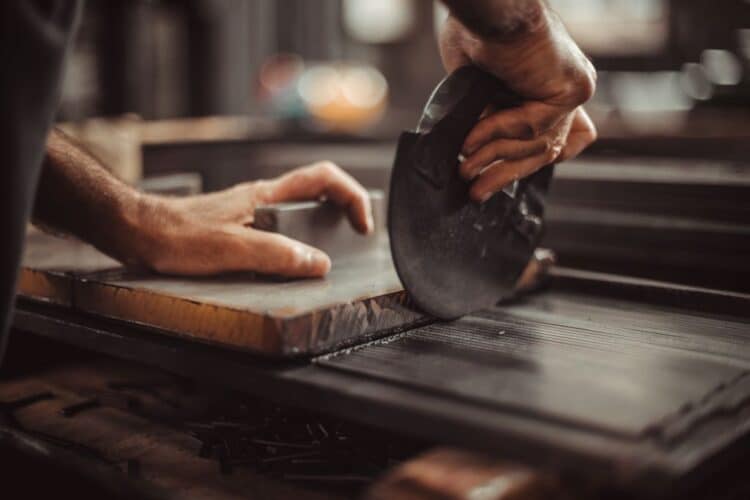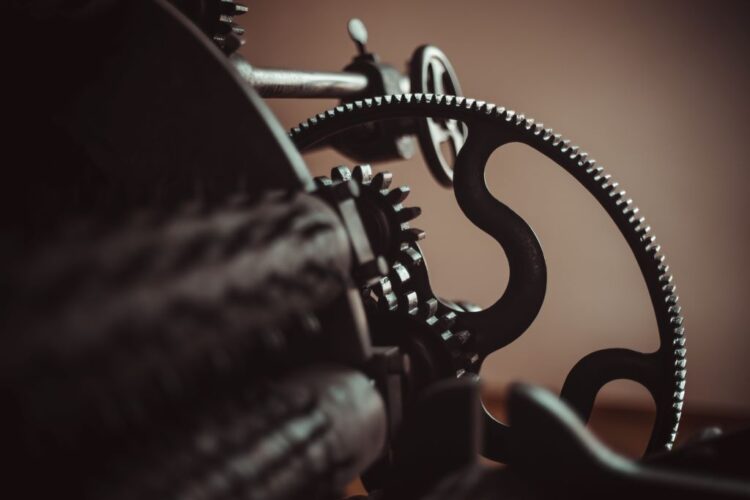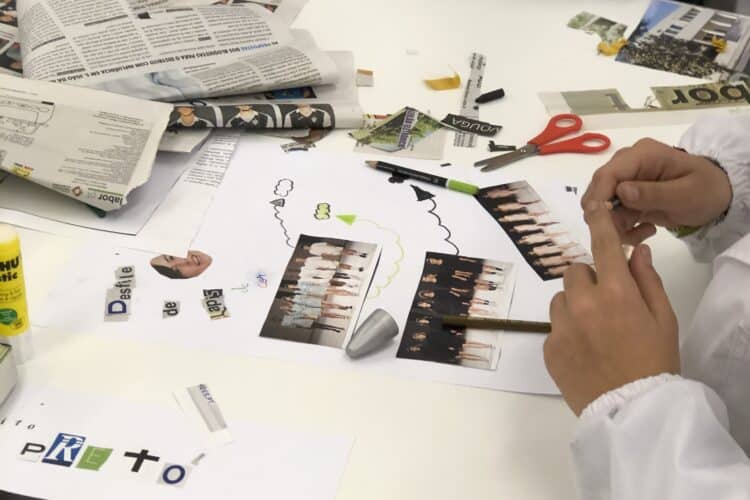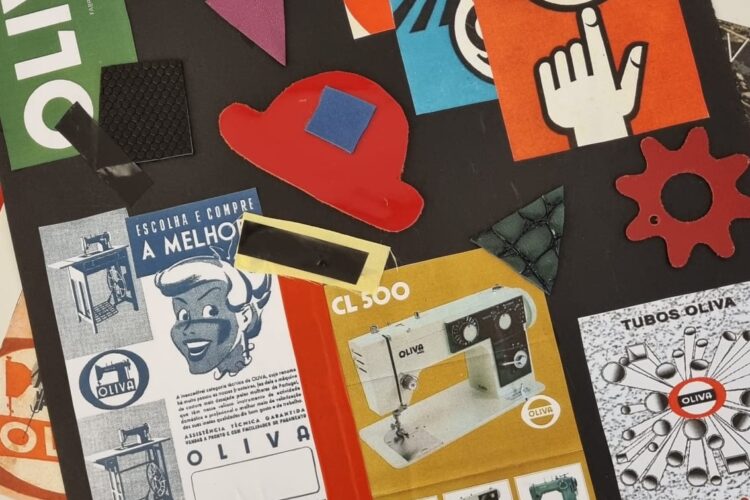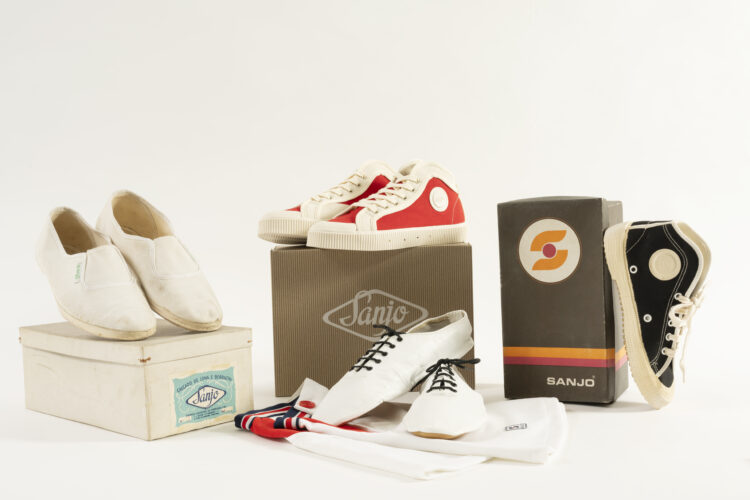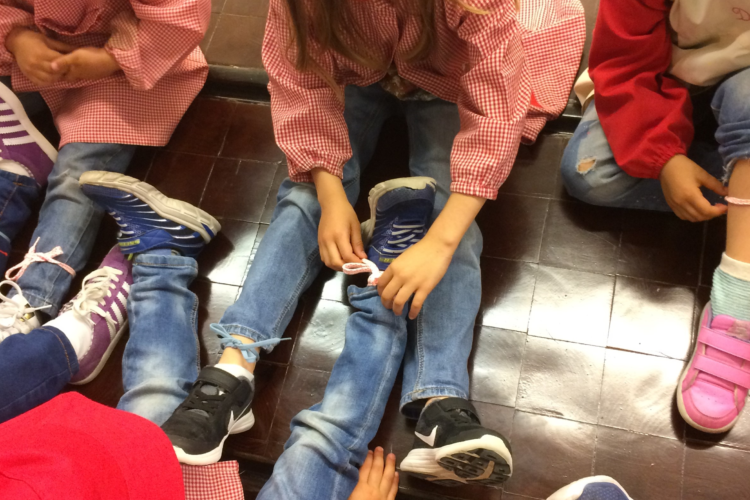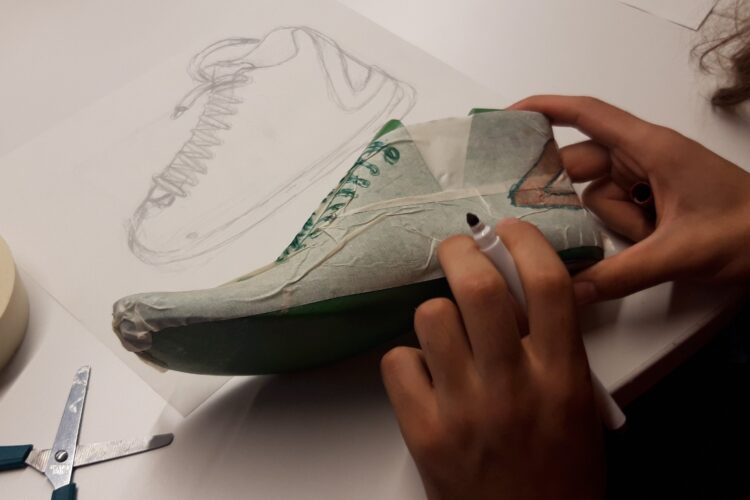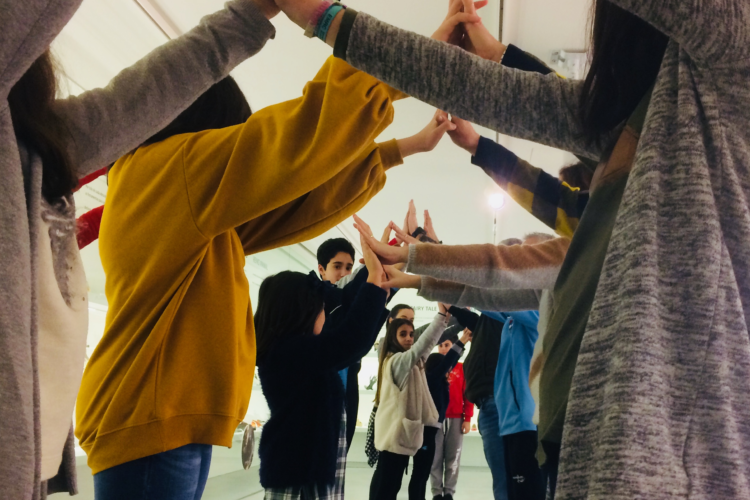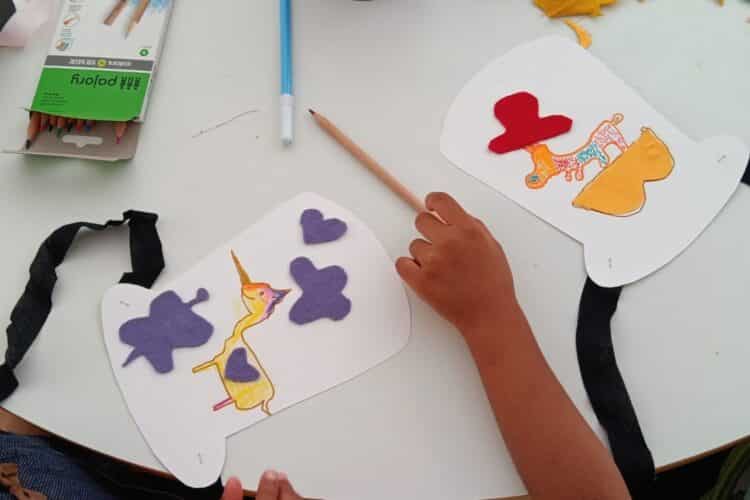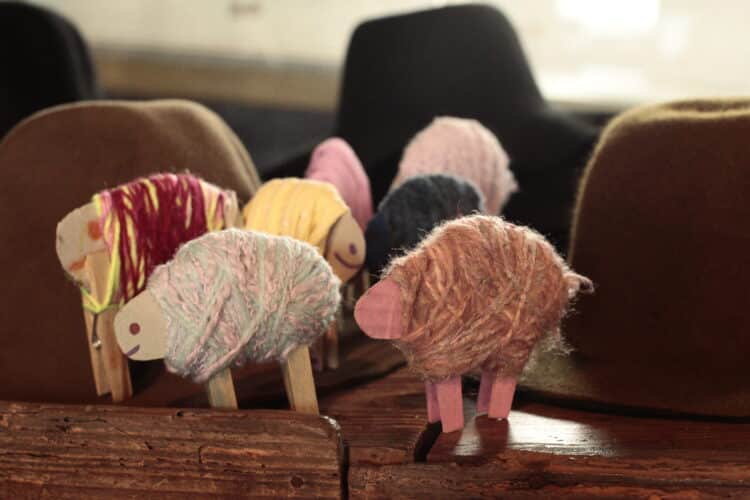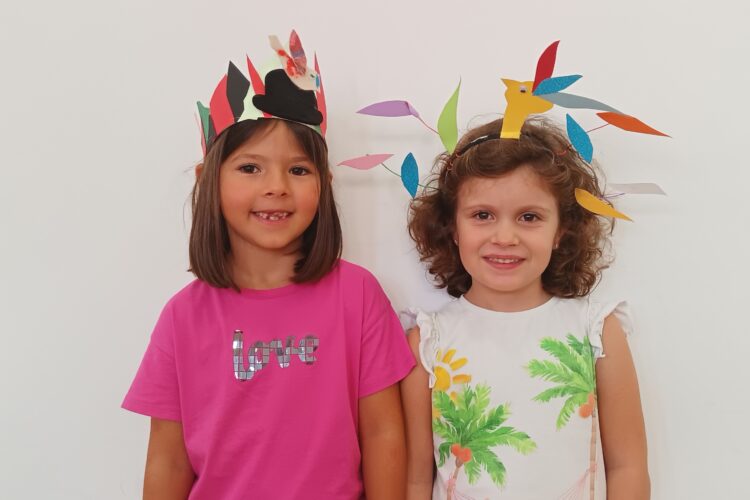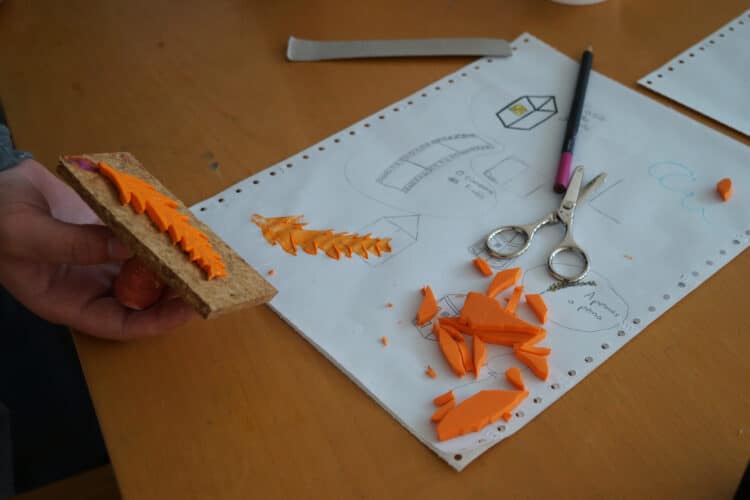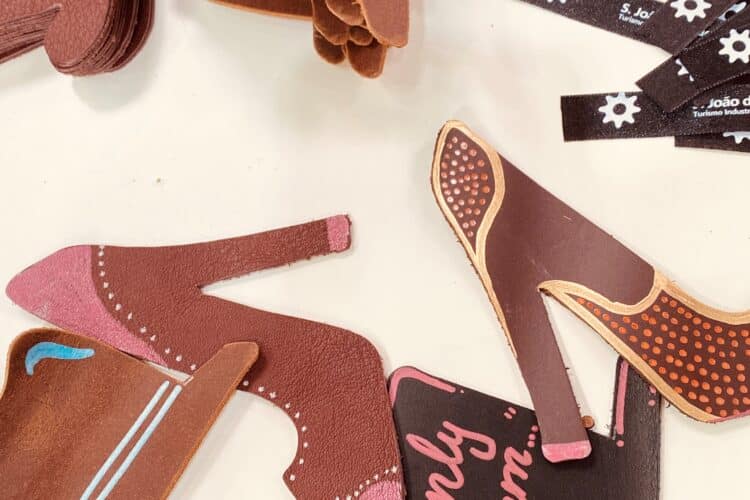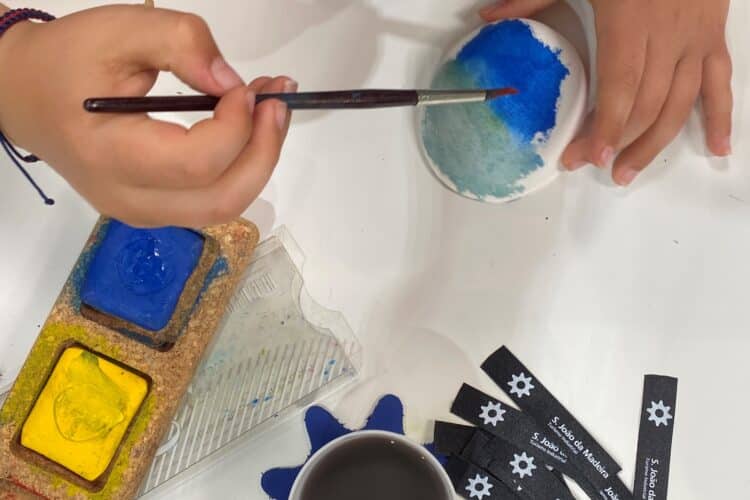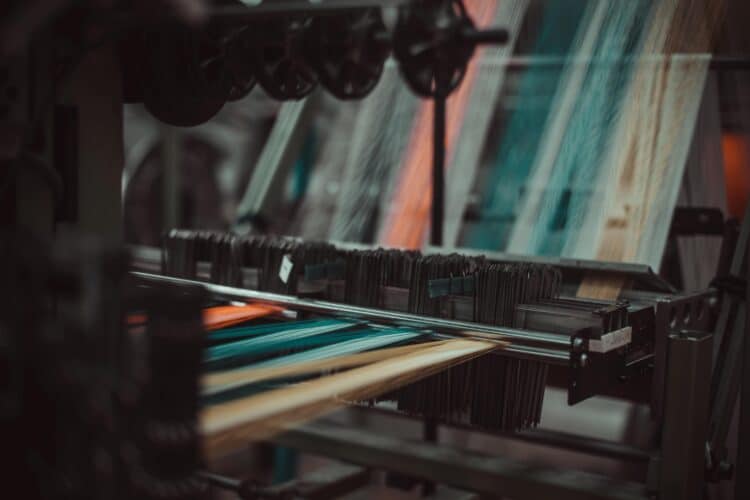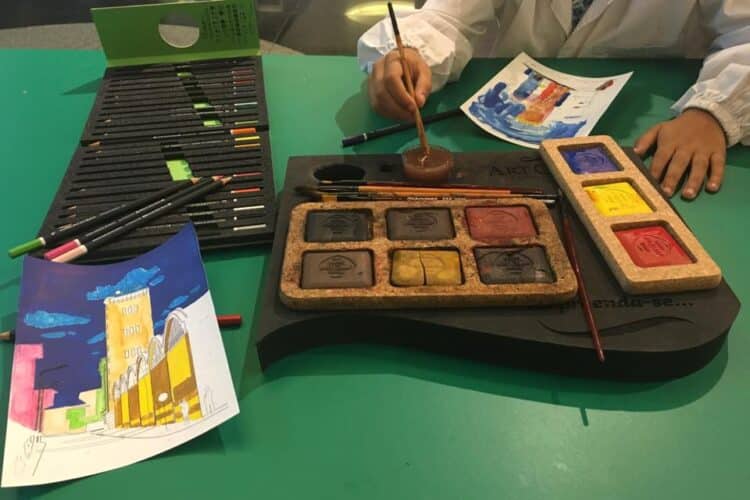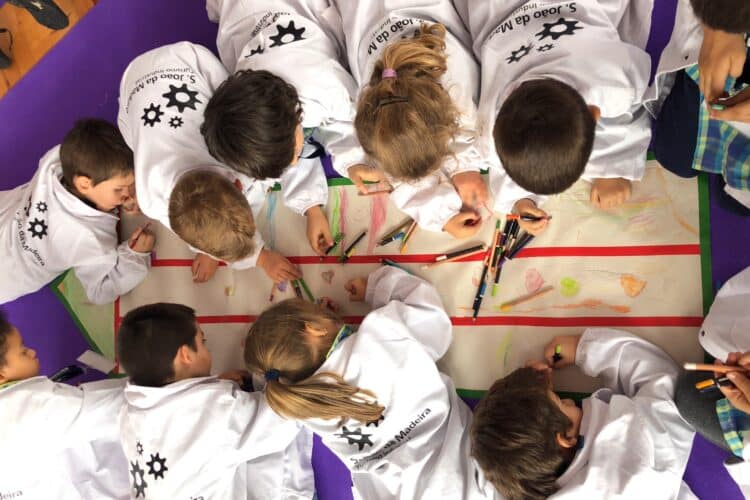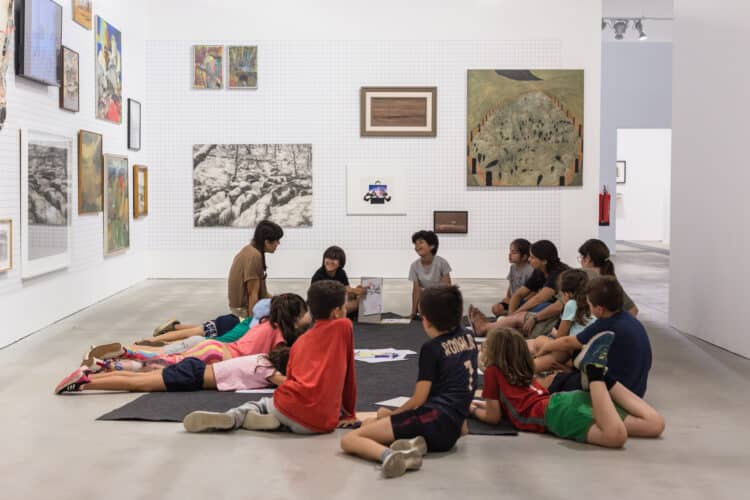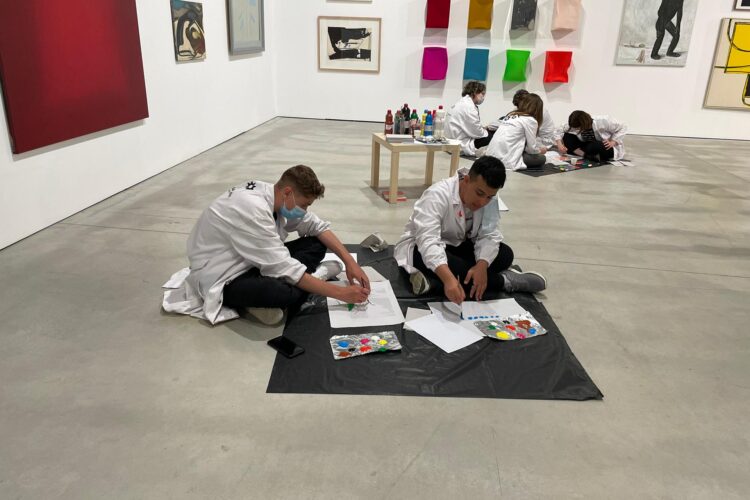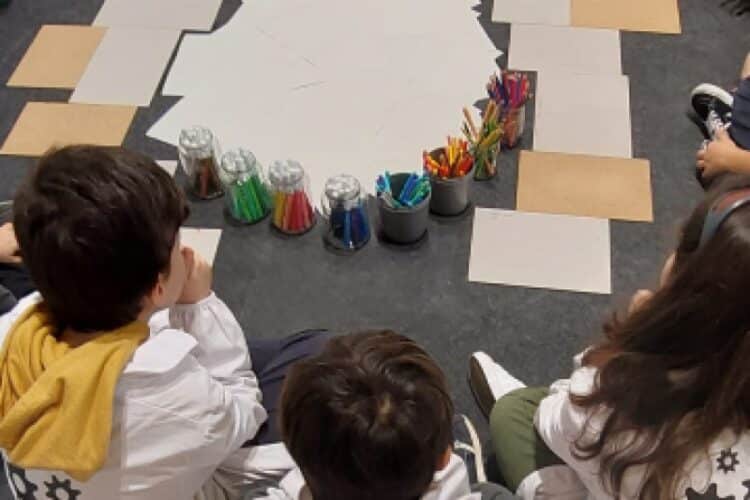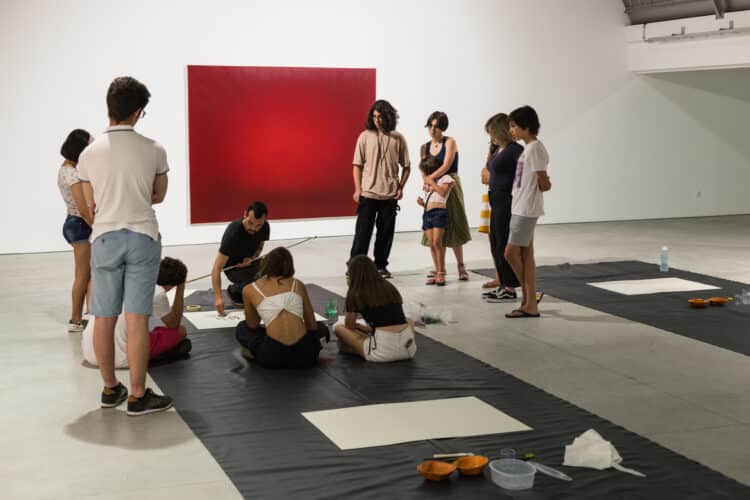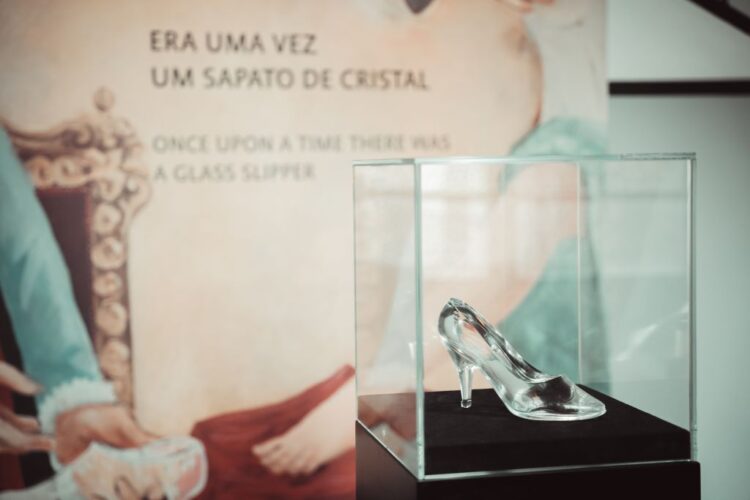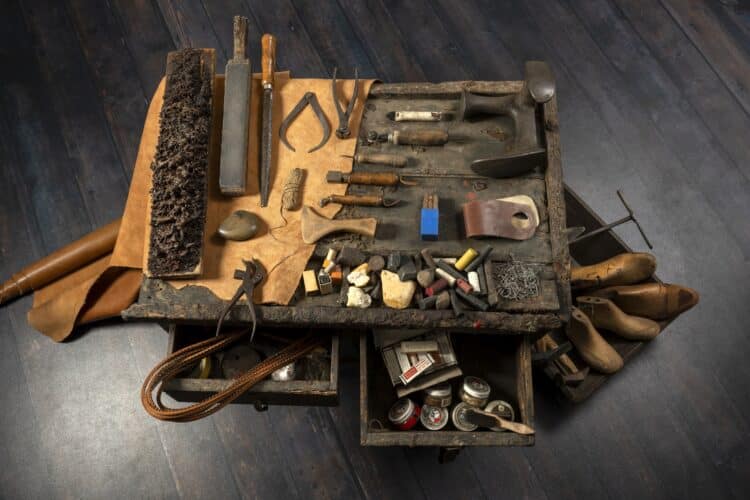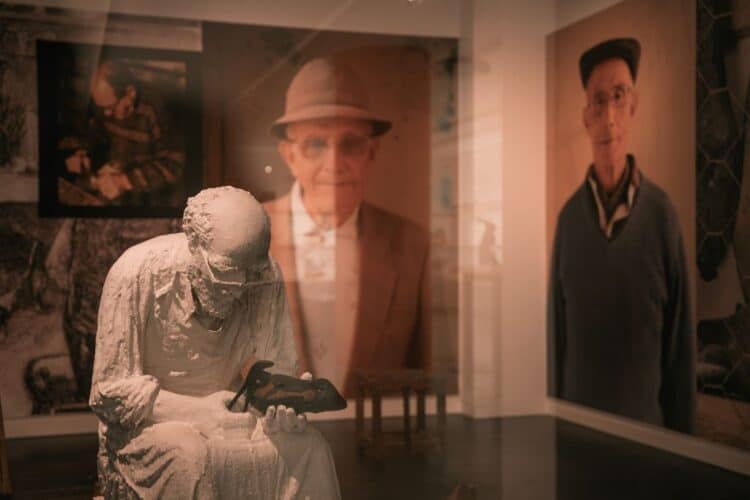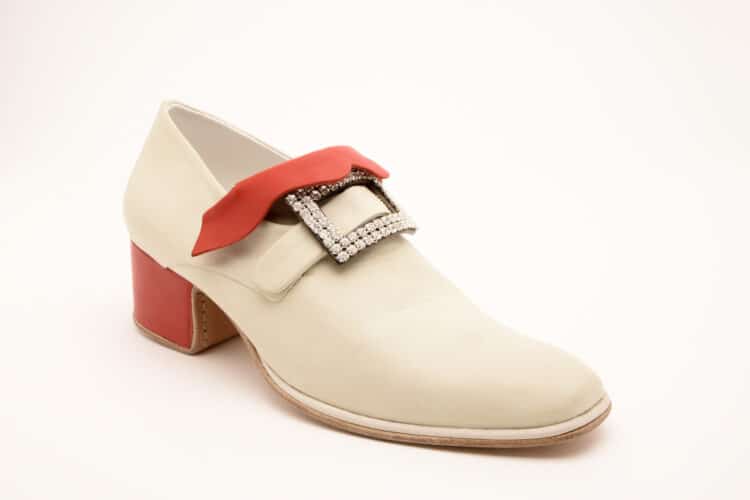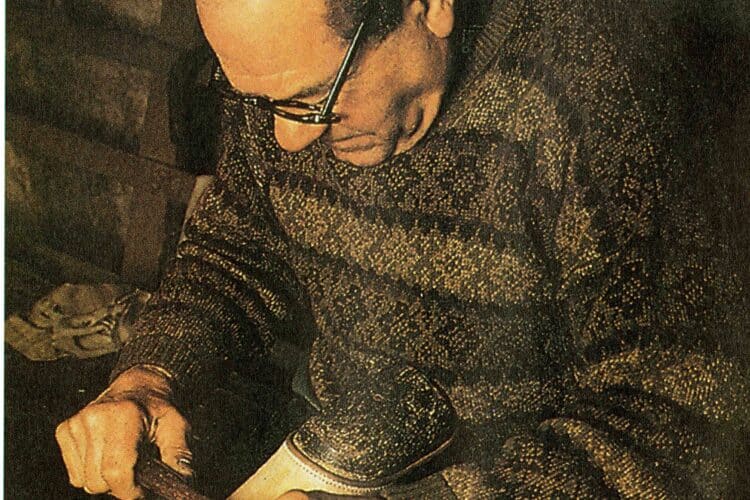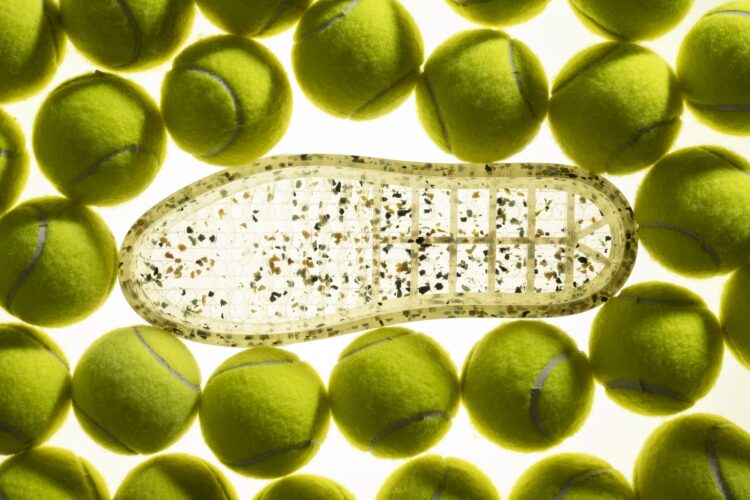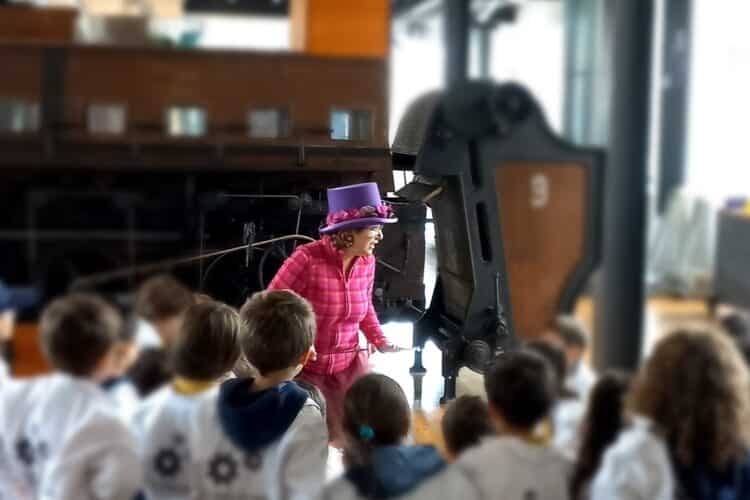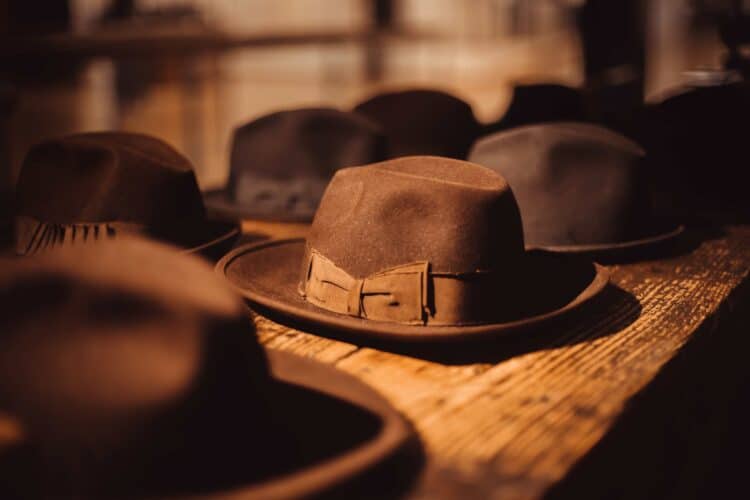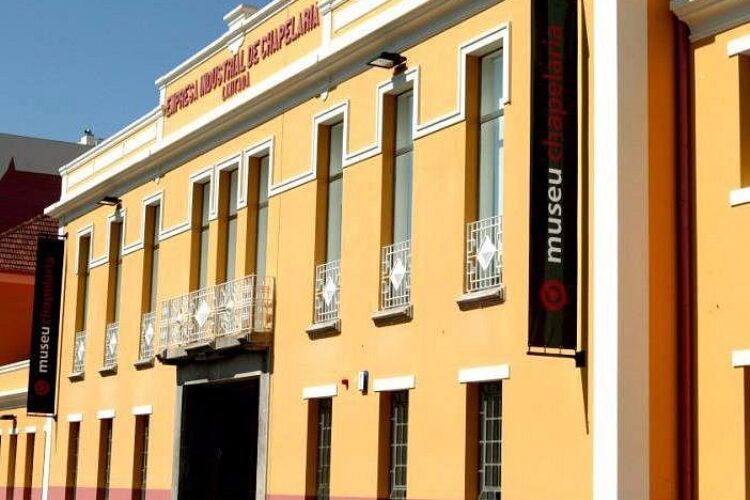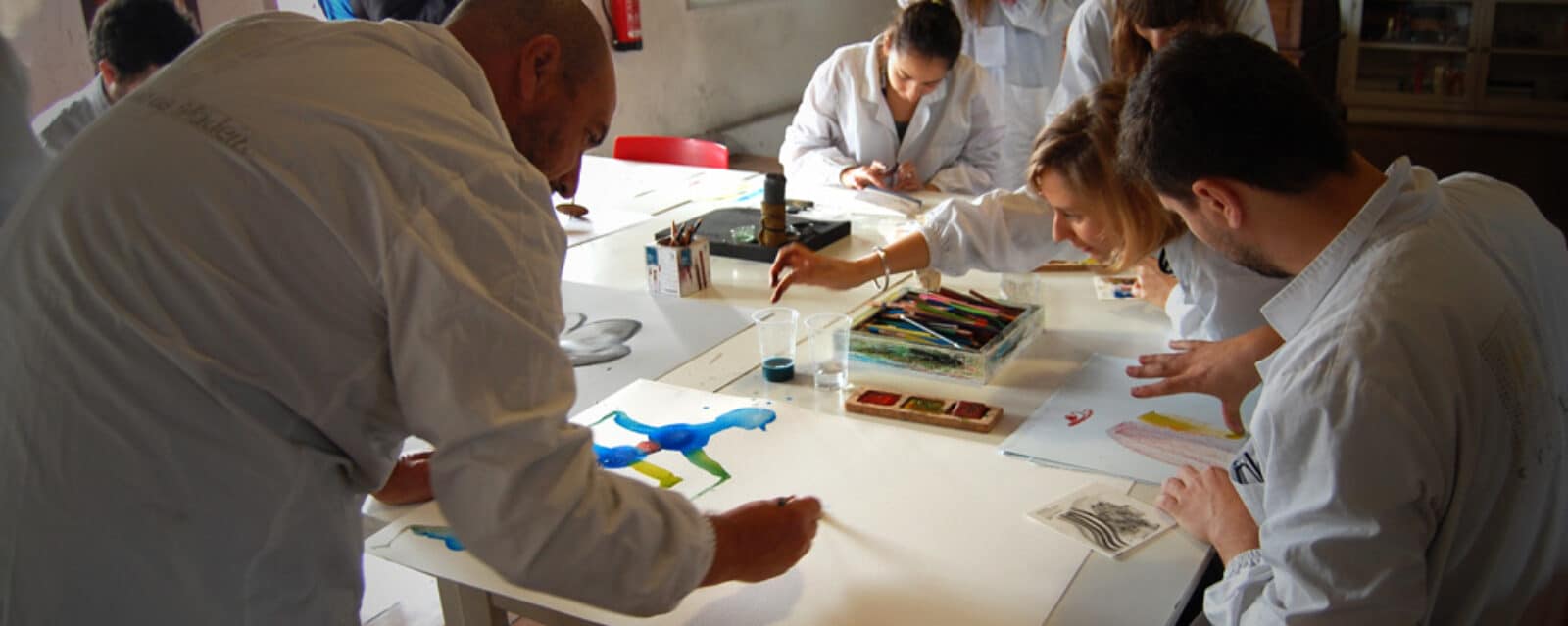
Industry has always been a privileged place to build ideas for the future. Fundamental to the construction of the society we know. Industrial sites have an added social value because they are potentially places of reference to the historical past, but also spaces for reflection on issues of the present and future. The São João da Madeira Industrial Tourism Educational Service aims to develop, promote and improve the conditions of access - namely physical, social and intellectual - for different audiences.
A factory is much more than a place where consumer goods are produced. A factory is also a place for questioning, thinking and creating. Environment. Architecture. Body Art. Technology. Movement. Sound. Memory. Economy. Work. Industry as an arena. What was. What is. What could be. On the scale of proximity, crossing insiders with outsiders of these places. Giving voice. Have a voice. Share and create together.
CONNECT WITH THE INDUSTRY is an educational proposal designed to stimulate the diversity of relationships that can be built between individuals and the industry.
BOOKING
Activities are subject to prior booking by filling out the visit request form. The portable workshops and workshop visits are carried out with a minimum group of 15 participants. excited visits are carried out with a minimum group of 5 participants.
